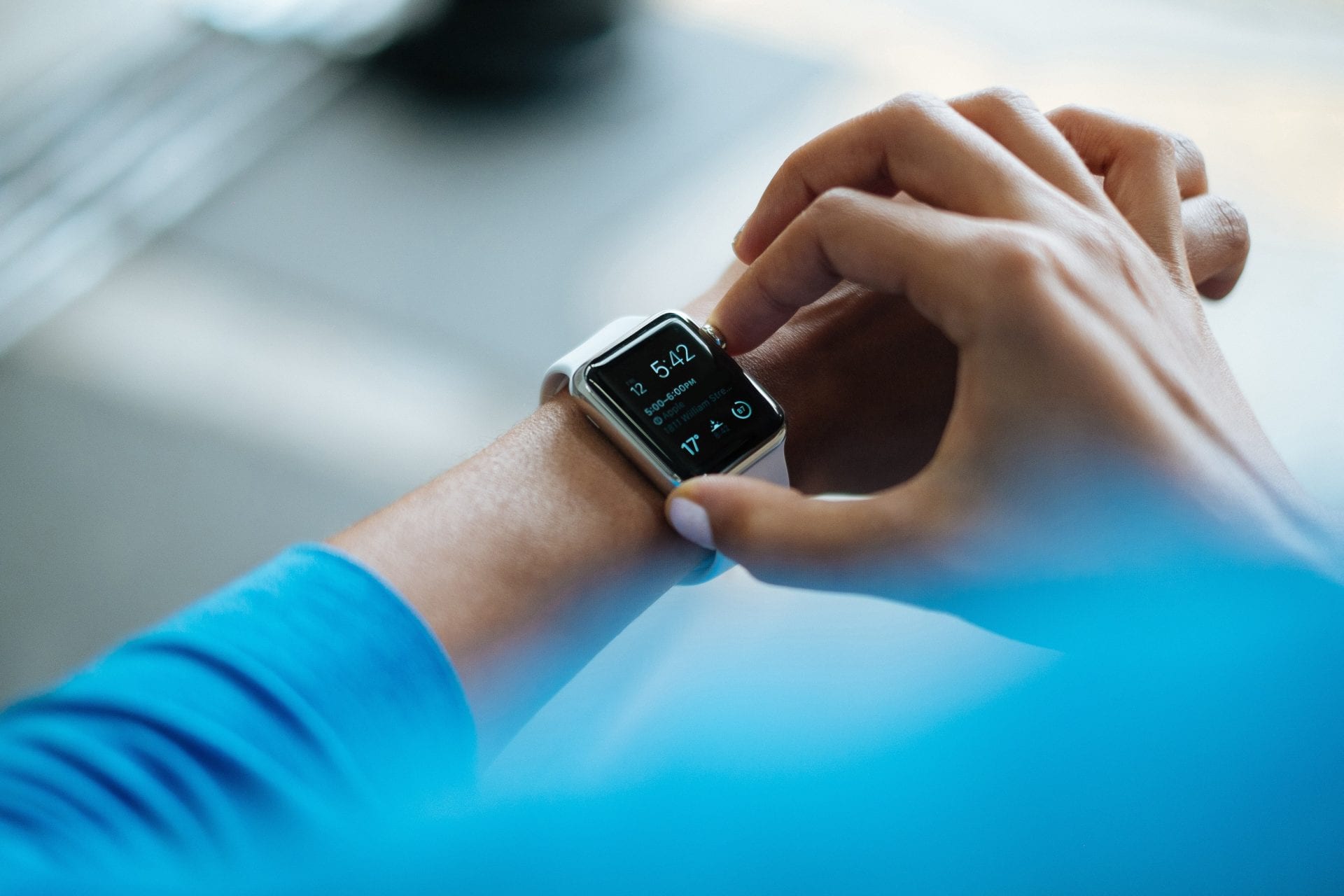One of the main problems physical therapists face is their patients not performing their exercises at home or not continuing their exercises after they’ve been discharged. If you’re like most of the United States, we always have the best intentions at the start of the New Year to be more active and to eat healthier. If you’re like me, it stays just like that: as an intention. Unfortunately, intentions never solve anything and they definitely don’t build muscles.
Recently, I spent 15 minutes with an elderly patient as we tried to devise a strategy for him to motivate himself to perform his exercises at home. Like many of us, he knows that it’s good for him and that he needs to exercise to manage pain and become healthier. But, let’s be honest: it’s difficult. So, I’ve devised a list of easy “life-hacks” that will help you remember to do your exercises.
1. Utilize Time During Mindless Activities
One of my favorite recommendations to give patients is to use the time from mundane and repetitive tasks to exercise. When we take the time to think about it, we spend a significant amount of time doing nothing (physically).
Before you grab your pitchforks and argue that you’re always busy, let me use an example. How do you brush your teeth? If you’re like the vast majority, you might be walking around or just standing around staring at yourself in the mirror. What if you spent that entire time working on your balance and standing on a single leg? Or, how about some leg lifts or squats? I use the 2 minutes brushing my teeth to perform balance and leg strengthening exercises.
Here are just some ways I’ve taken the initiative with my exercise routine:
| ACTIVITY | EXERCISE |
| Commercial breaks → | Squats, lunges, pushups |
| Brushing my teeth → | Single leg balance, hip abduction |
| Flossing → | Supine marches, posterior pelvic tilts, bicycles |
| Dishwashing → | Single leg balance, calf raises |
| Microwaving or waiting activities → | Wall slides, shoulder squeezes |
2. Modify Daily Activities
This is probably the most common and easiest thing to change to increase physical activity. Some changes that you can easily make could be as simple as parking farther instead of driving around looking for the closest parking spot.
Other ideas include:
- Taking the stairs at work.
- Choosing to use the basket at the supermarket instead of the cart.
- Walking to get the mail.
- Placing your treadmill or another cardio machine next to your television.
- Standing and walking at your child’s sports game.
- Playing with your family instead of spending time on your phone or watching television.
- Taking walking breaks at work with your coworkers.
My personal favorites are what I call “exercise taxes.” I installed a pull-up bar at the doorway leading to my bathroom. In order to pass through, I must do as many pull-ups as I can. I have had patients use their living room or certain pieces of furniture as an exercise tax. Someone has also suggested having certain activities taxed, such as lunch or dinner. This not only improves your activity level but also decreases the amount of food you will ingest as well.
3. Technology Can Be Your Friend
There are numerous phone applications, online tutorials, and other tools you can use to promote physical activity. Pokémon Go has been a huge hit with kids and adults alike and can really promote additional physical activity. Sweatcoin is an app that offers you rewards for working out! Dietbet is another app where you can join a pool of other users and set a bet for how much weight you will lose. If you meet your goal, you split the pot with the others who met their goal.
4. Phone a Friend
Finding a friend or family member to exercise with you can significantly increase your exercise frequency, intensity, and overall enjoyment. There’s nothing quite like having someone else suffer enjoy exercising with you. There are also a number of fun workouts and exercises that require two people. Group classes and other similar activities can create a social community that will keep you accountable to exercise more frequently.
5. Set Timers and Markers
This is probably the most “annoying” tip but can be quite helpful. I encourage my patients to use an actual timer or the timer on their phones to set a time limit on whatever activity they’re doing. When the timer goes off, the patient must perform some type of exercise such as 10 squats, take a lap around the house, 10 shoulder squeezes, etc. This can also be substituted by placing stickers around the house where you must frequently look. Each sticker symbolizes an exercise you must do.
If you’re having difficulty finding the motivation to exercise at home, give these life-hacks a try. You’ve got nothing to lose but a few calories! If you’re dealing with pain, schedule an appointment with us. Our physical therapists can guide you through exercises to help you manage pain and get back to the activities you love.




